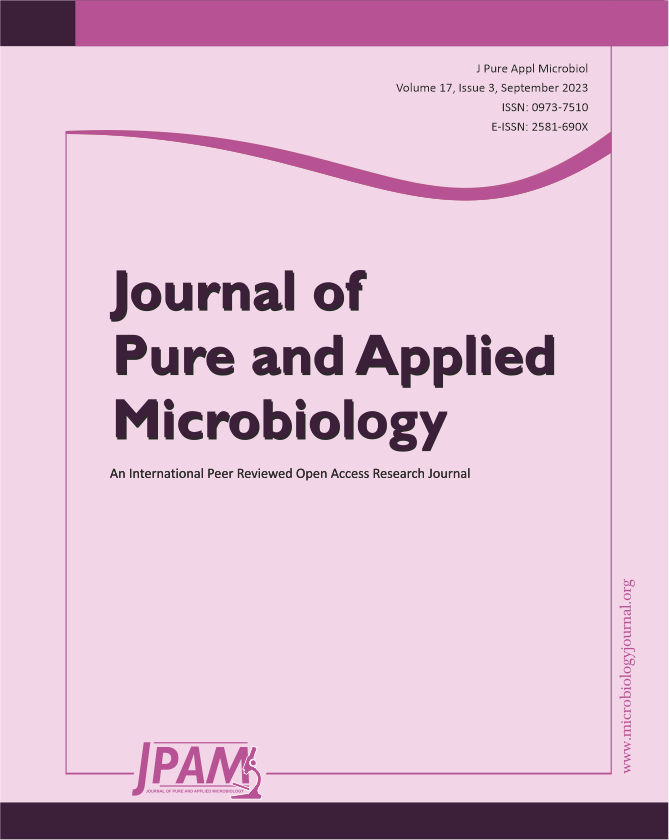The current study aimed to assess and compare the bacteriological spectrum of acute and chronic dacryocystitis and the antibiotic susceptibility and resistance of the causative pathogens to commonly used antimicrobials. This was a prospective observational study. Cases of dacryocystitis were categorized as acute or chronic, based on clinical features. Specimens were obtained by sterile cotton swabs from the lower conjunctival fornix and from the puncta by applying pressure over the lacrimal sac area or by performing lacrimal syringing. Specimens were inoculated on appropriate culture media and incubated at 37ºC for 24-48 hours. Bacterial species were identified based on colony morphology and standard biochemical tests. Antibiotic Susceptibility Testing was assessed by Kirby Bauer disc diffusion technique using Mueller Hinton agar following Clinical and Laboratory Standards Institute guidelines. Out of 50 patients, 37 (74%) had chronic dacryocystitis and 13 (26%) had acute dacryocystitis. 35 bacterial species were recovered. Gram-positive organisms were the most isolated organisms i.e., 27 out of 35 (77.2%). In chronic dacryocystitis, the predominant bacterial species were Staphylococcus epidermidis (36%). In acute dacryocystitis, the predominant bacterial species were Staphylococcus aureus (40%). Against gram-positive organisms, Vancomycin and Linezolid were most effective (100%). Against gram-negative bacterial species, Amikacin was most effective (100%). High prevalence rate of antibiotic resistance was found, with 40% of the total bacterial species resistant to 5 or more antibiotics. The alarming rate of multi-drug resistance underscores the imperative need for tailored antibiotic strategies and continuous monitoring. Evidence based antibiotic therapy may also help to prevent failures of DCR, progression to chronicity and antibiotic resistance.
Dacryocystitis, Bacterial Species, Antibiotic Sensitivity, Antibiotic Resistance
© The Author(s) 2023. Open Access. This article is distributed under the terms of the Creative Commons Attribution 4.0 International License which permits unrestricted use, sharing, distribution, and reproduction in any medium, provided you give appropriate credit to the original author(s) and the source, provide a link to the Creative Commons license, and indicate if changes were made.


